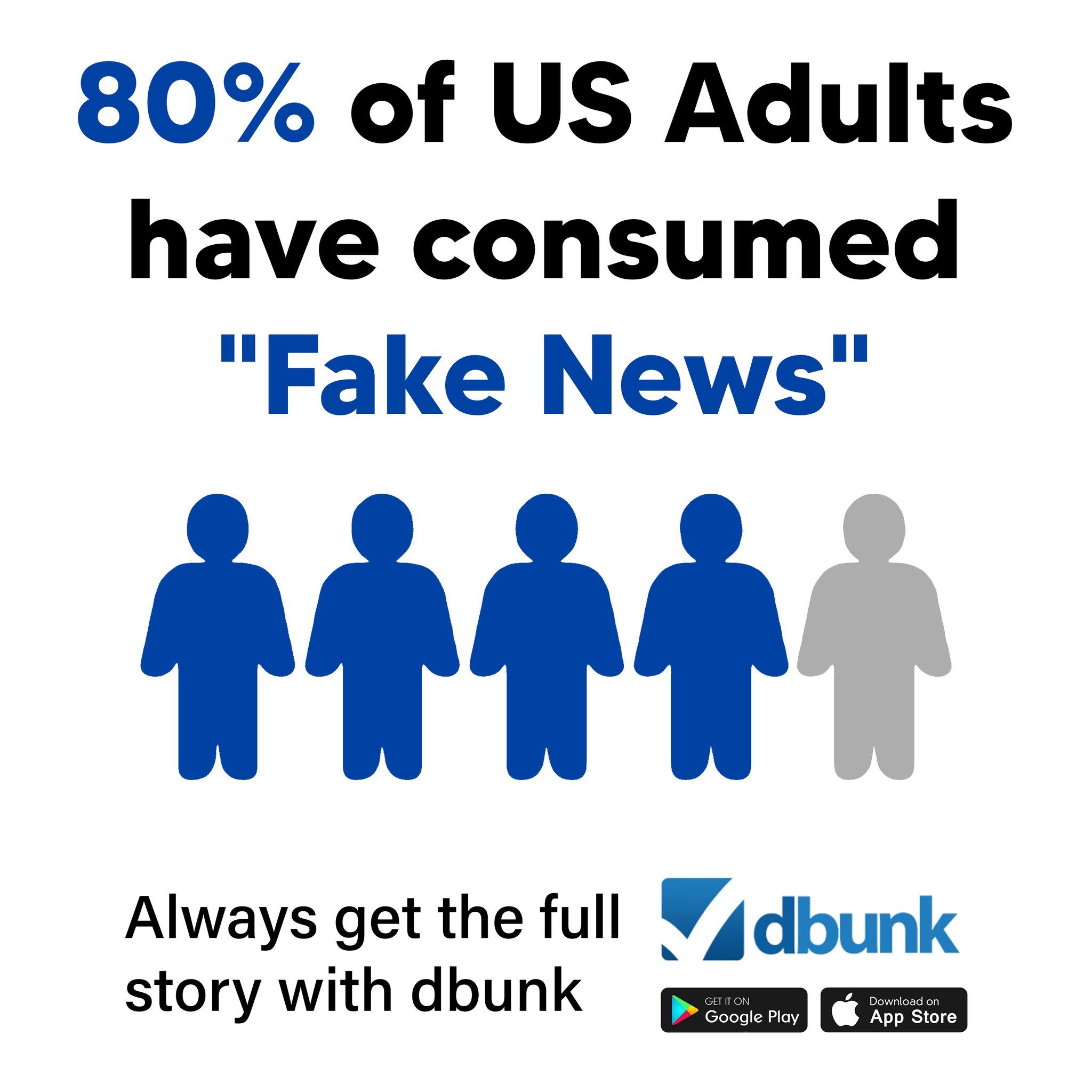
What’s Behind Putin’s Three-Day Ceasefire in Ukraine?
On April 28, 2025, a CNN article reported that Russian President Vladimir Putin declared a three-day unilateral ceasefire in Ukraine, citing humanitarian reasons tied to Russia’s annual Victory Day commemorations. With tensions still high and past ceasefires often breaking down, many readers questioned the sincerity of this move. Is this ceasefire truly aimed at peace—or is it part of a larger tactical ploy? We investigate.
Understanding the Historical Background
Russia’s Victory Day, held annually on May 9, celebrates the Soviet Union’s defeat of Nazi Germany in World War II. It is one of the most important national holidays in Russia, often accompanied by military parades and speeches designed to boost nationalism. In recent years, however, Moscow has repeatedly used significant dates for symbolic actions in the war on Ukraine, including temporary ceasefire announcements around Orthodox and secular holidays. These periods have often featured mixed messaging and, in practice, little de-escalation on the battlefield. Ceasefires during Easter and humanitarian corridors in previous years were frequently marred by violations.

Verifying the Claims Within the Article
Claim #1: “Russia will suspend all military actions from midnight May 8 to midnight May 11 for humanitarian reasons.”
This statement is attributed directly to the Kremlin and is accurate as reported. The Kremlin’s official website and Russian state media, including TASS, confirm that President Putin has ordered a pause in offensive military operations during this period. The announcement emphasizes humanitarian grounds in connection with Victory Day celebrations. However, historical precedent raises doubts about compliance. Past ceasefire declarations by Russia, especially over holidays such as Easter, were either short-lived or violated within hours.
Source: https://tass.com/politics/1770581
Claim #2: “Putin previously declared a 30-hour truce around Easter, allegedly violated by both parties.”
This claim is supported by multiple external reports. In April 2025, Russia declared a 30-hour truce during Orthodox Easter. Ukrainian defense forces publicly stated that more than 2,900 attacks from Russian forces occurred during that period, including artillery shelling and drone interference. Conversely, the Russian Ministry of Defense accused Ukraine of breaching the agreement by conducting small-scale assaults. Both sides traded blame, making violations difficult to independently verify, but third-party monitors, including the OSCE, have historically documented multiple breaches during prior truces.
Source: https://www.reuters.com/world/europe/russian-easter-ceasefire-violated-by-both-sides-2025-04-22/
Claim #3: “Moscow previously rejected a US proposal for a 30-day ceasefire that Ukraine agreed to.”
This claim holds true. In early 2025, the Biden administration supported a 30-day ceasefire plan proposed by the United Nations, which Ukraine agreed to adopt. The Russian Federation formally declined to take part, labeling the effort as a distraction from what it calls its legitimate military objectives. Official records from UN briefings and statements by U.S. officials confirm Moscow’s rejection. This contributes to the contention that Putin’s shorter, unilateral ceasefires may be more about optics than genuine conflict resolution.
Source: https://www.state.gov/briefings/press-statement-april-2025-us-ceasefire-ukraine

Claim #4: “The ceasefire must be unconditional, because everything else is just Putin’s tactical games.”
This quote comes from an adviser to Ukrainian President Volodymyr Zelensky and reflects a widely held belief within the Ukrainian leadership. While the quote is presented accurately in the article, its classification as a “factual” claim is limited—it expresses an opinion rather than verifiable data. However, evidence does support skepticism: many ceasefires announced by Russia during the invasion have coincided with strategic repositioning or media campaigns rather than substantive efforts at peace.

Final Verdict on the Article’s Accuracy and Intent
The article accurately reports on the Kremlin’s announcement without overtly endorsing or refuting its intentions. CNN cites official sources and includes a timely Ukrainian response, offering readers both the Russian government’s stated rationale and the counterpoint from Kyiv. However, the article could benefit from more historical context on previous ceasefire violations and their implications. While the reporting is generally neutral, the article avoids digging deep into whether Putin’s gesture is strategic or sincere—failing to offer readers more clarity on the motives behind such a short ceasefire.
Stay Empowered—Unmask the Truth Yourself
Want clarity in today’s fast-paced information war? Download the DBUNK app and join countless others who are taking a stand against manipulated narratives. We make it easy to separate fact from fiction.

Visit the Original Article: https://www.cnn.com/2025/04/28/europe/putin-announces-ceasefire-may-intl/index.html

